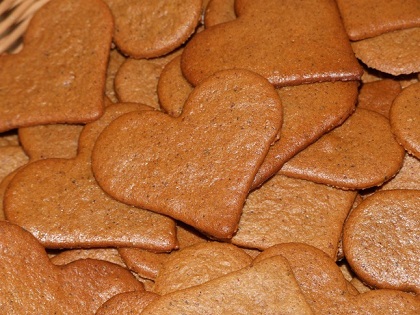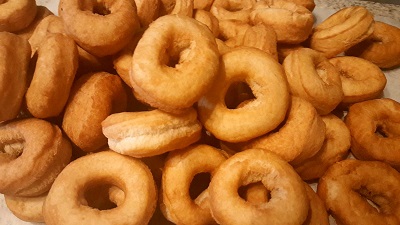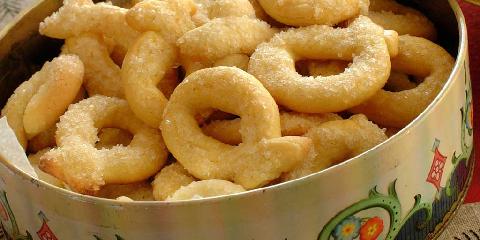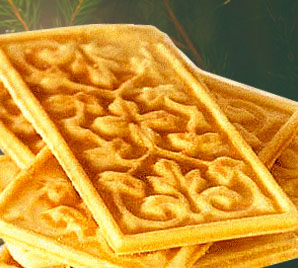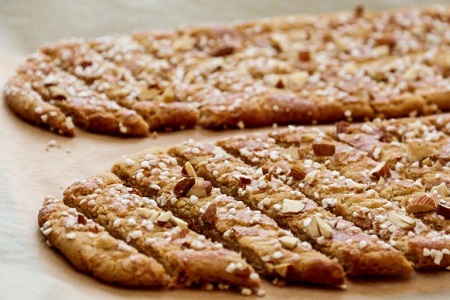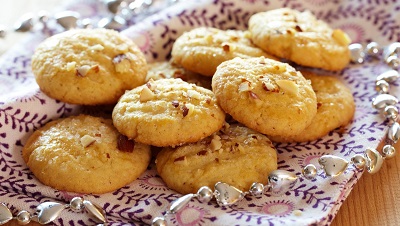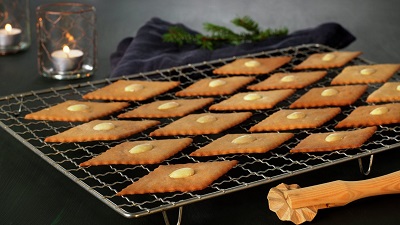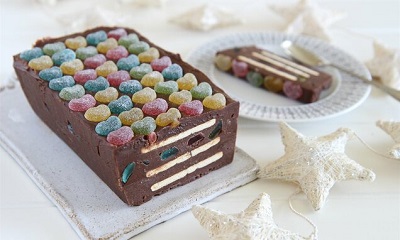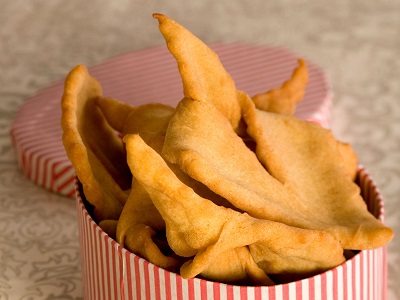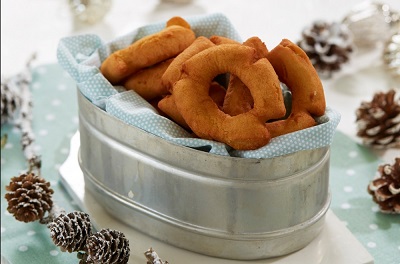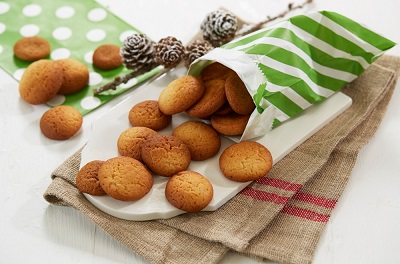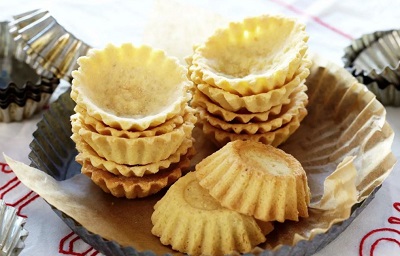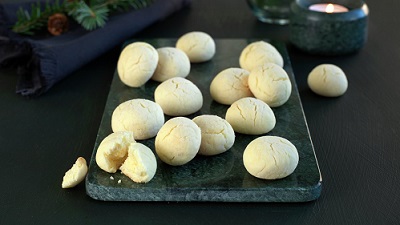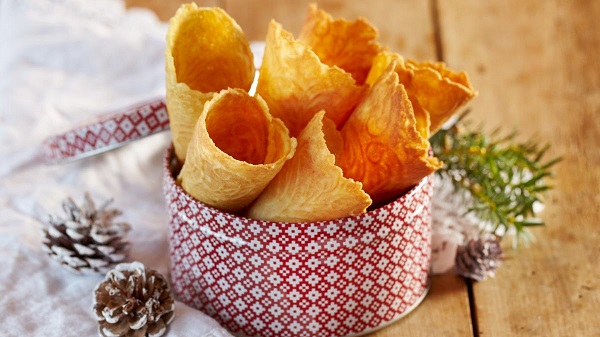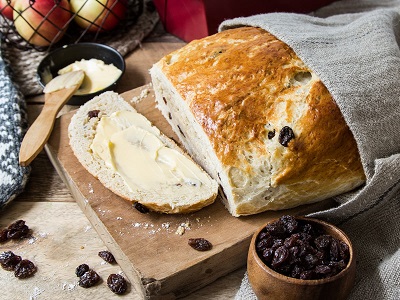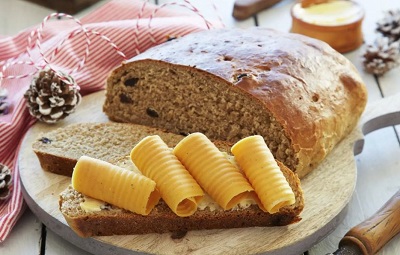PREFACE
In Norway in older days (in some cases even today) it was almost a requirement that you should have 7 kinds of Christmas cookies for Christmas. After getting several questions about this tradition from family and friends in the US, I have chosen to create this little "cookbook".
I have therefore tried to collect some of my grandmother, mother and mother-in-law recipes. As you can see there are more than seven types, but traditionally all familys did not have all of the same types. Try them and select the type you prefere.
I have decided to keep the Norwegian names on the recepies in the page menu. I have done some translation in the different recips. All the messures are in metric and can easily be converted to US messurements.
Since baking is not my strongest point, some of the translations of some of the ingredients in the recipes may not be the ones used on a daily basis. The reason is that I have had to use the web to translate some Norwegian names into English.
NOTE
Some of the recipes use lard for cooking, and the risk of fire or burns if splashing may occur. In several of the recipes the dough can be difficult to handle and you should follow the instructions in the recipes.
